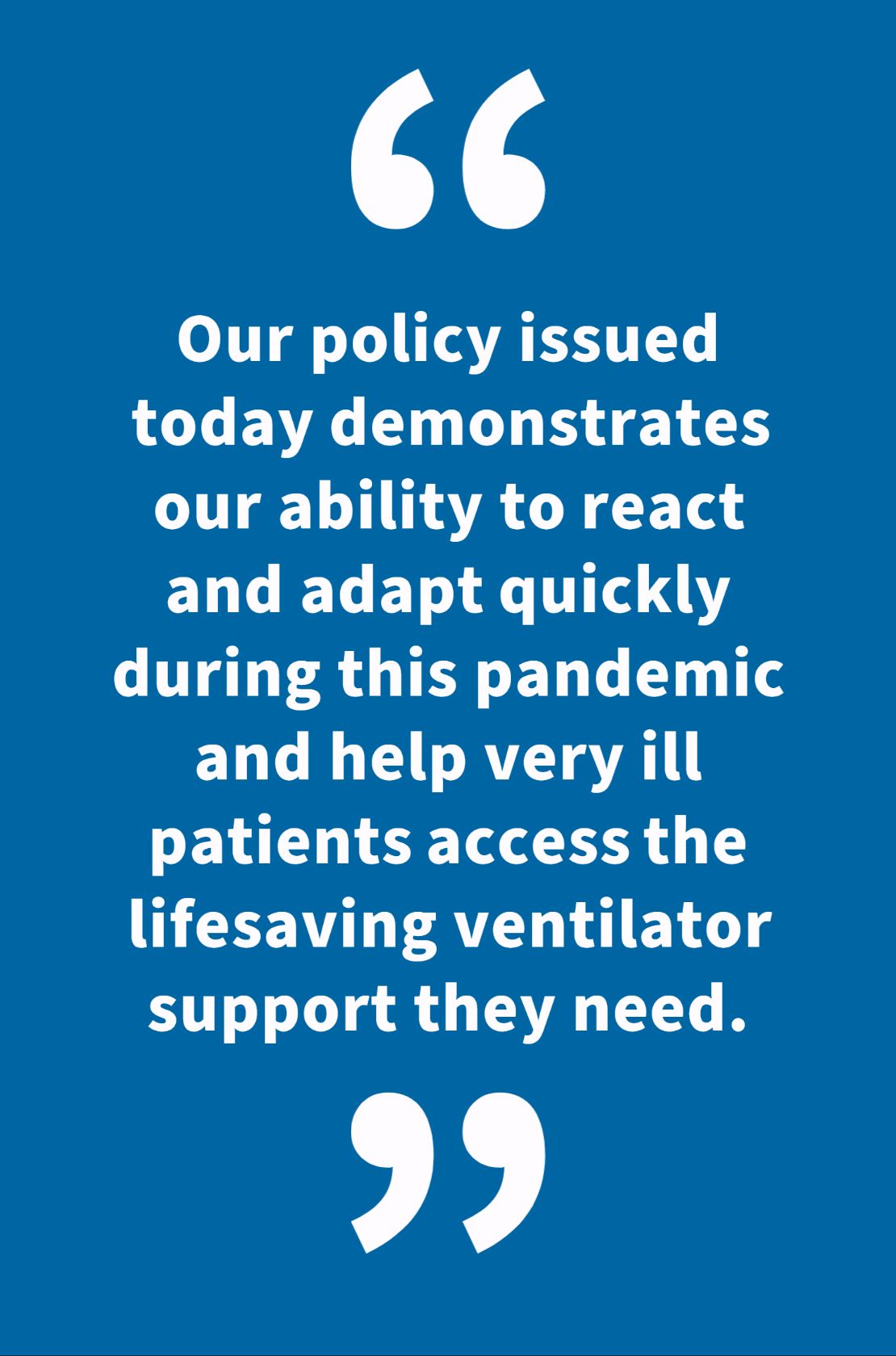- Clinical Technology
- Adult Immunization
- Hepatology
- Pediatric Immunization
- Screening
- Psychiatry
- Allergy
- Women's Health
- Cardiology
- Pediatrics
- Dermatology
- Endocrinology
- Pain Management
- Gastroenterology
- Infectious Disease
- Obesity Medicine
- Rheumatology
- Nephrology
- Neurology
- Pulmonology
FDA Proves Flexible in Ventilator Manufacturing During COVID-19 Pandemic
The guidance allows non-medical device manufacturers to produce ventilator parts, hospitals to use ventilators intended for other environments, and more.

The US Food and Drug Administration (FDA) released a new guidance to help increase the availability of ventilators and accessories during the coronavirus disease 2019 (COVID-19) pandemic.
“Our policy issued today demonstrates our ability to react and adapt quickly during this pandemic and help very ill patients access the lifesaving ventilator support they need,” said FDA Commissioner Stephen Hahn, MD, in an FDA press release. “To do that, we are providing maximum regulatory flexibility to facilitate an increase in ventilator inventory, while still providing crucial FDA oversight. We believe this action will immediately increase ventilator availability.”
The Guidance for Industry and Food and Drug Administration Staff-issued March 22, 2020 in conjunction with the Department of Health and Human Services (HHS)-outlined several key steps, the first being the FDA’s intention to exercise enforcement discretion for certain modifications to FDA-cleared devices.
This is crucial because, normally, if a manufacturer or user makes a modification to a ventilator device (ie, adding wireless and/or Bluetooth capabilities), it triggers an FDA premarket review, which can delay the time it takes to get the devices to the patient.
Also, the guidance allows non-medical device manufacturers such as automobile manufacturers to start producing ventilator parts to help medical device manufacturers ramp up their production.
The second important aspect of the Agency guidance is that hospitals and health care professionals may use ventilators intended for other environments. For example, the guidance states that hospitals can repurpose ventilators that are normally used for transporting patients in an ambulance for long-term use. The FDA also gave recommendations for device alternatives that could be used as ventilators including sleep apnea machines and continuous positive airway pressure devices.
The guidance also applies to health care facilities that use ventilators beyond their indicated shelf life in order to increase ventilator capacity.
Finally, the guidance encourages manufacturers (foreign or domestic) to talk to the FDA about pursuing an emergency use authorization, which would allow them to distribute ventilators in the US. This includes manufacturers based in the US that were previously engaged in making medical devices but have the capabilities to increase supply of these devices.
The new guidance highlights the FDA’s mission to be flexible during this pandemic to further help manufacturers and encourage increased production of ventilators.
“HHS and FDA’s message is clear: If you want to help expand production of ventilators to save American lives in this pandemic, we are going to work with you to sweep every possible barrier out of your way,” said HHS Secretary Alex Azar in the same FDA press release.
Visit our COVID-19 Resource Page for more information.
Stay in touch with Patient Care® Online:
→Subscribe to ourNewsletter →Like us on Facebook →Follow us on Twitter →Follow us on LinkedIn→Write or Blog for Patient Care® Online
No Rx Required for COVID-19 Vaccination But ACIP Calls for Better Informed Consent Process
September 22nd 2025The ACIP on September 19 narrowly voted against requiring a prescription to get the shot but urged more detailed discussion of vaccine risks during shared decision making conversations.
